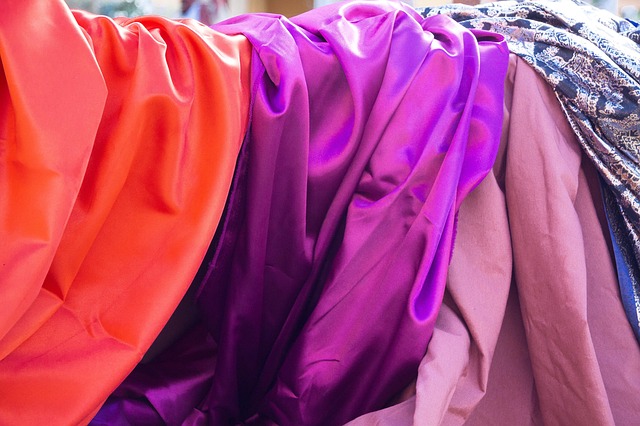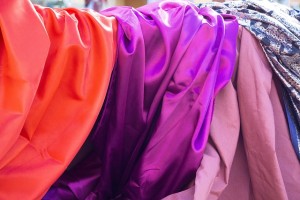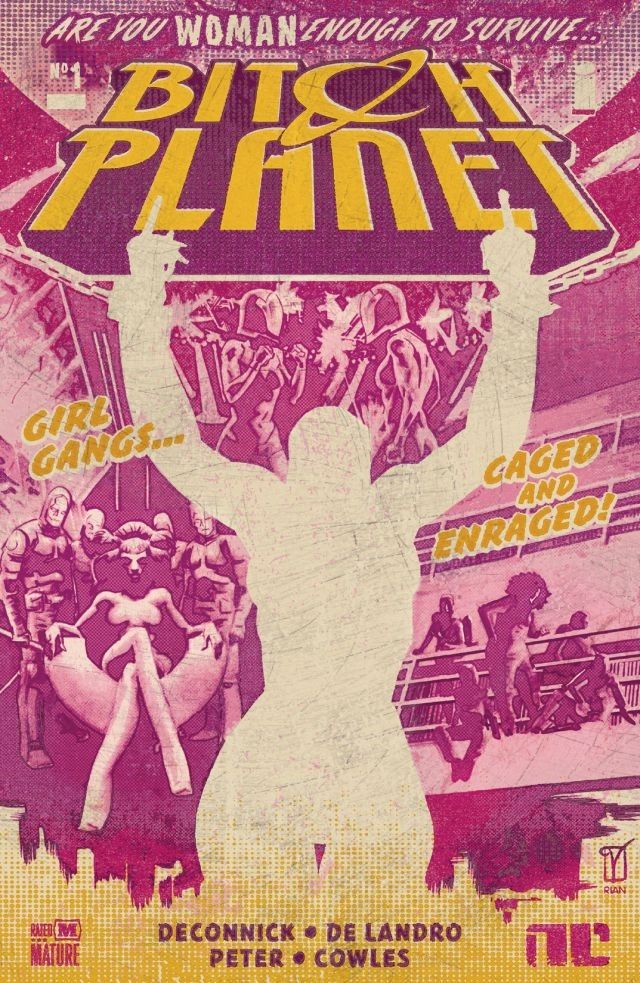A summer LARP guide by Hawk Firestorm
Note: This previously published content is presented with permission of the author.
Summer is fast approaching, and with it, the usual concerns about Straw-men, Kobolds, and opportunistic bandit raiders. Oh, and some wardrobe issues as well. Costuming doesn’t always change when the weather does, but it should- the conditions have, and if nothing else, the colors of the landscape you’re fighting and sometimes hiding in have.
I myself change my costuming a fair bit, but most of that is in the under-layers, and what I am wearing (or not) for my torso. One element that remains consistent, however, is the draping, flowing, *concealing* skirts! I like mine somewhere around ankle length, with a nice degree of swish so there is no restriction whatsoever in my movement. This also has the advantage of disguising a bit of the angle of the hips and center of gravity, so where I’m about to go is not easily determined, and the line of relationship from hip to knee, and sometimes even the knee to foot are completely hidden, avoiding such strong broadcasting of my combat intent.
One of the things that I like to maintain if I can (without roasting) is sleeve drape. The big, flowy sleeves which get in your food if you’re not careful? Yes, those. Not because I like to save my soup for later, but because when half of your arm is covered by fabric that is blowing in the breezes, your elbow is hidden a bit, and there is a distraction factor that just can’t be beat. (Notice a theme here? Diverting attention is not just for stage magicians.)
In colder weather, this can be accomplished by a cloak-style cape; it takes a little practice to avoid tangling your sword(s) in it, but once you get that down, not only are your movements hidden, so is the outline of your body. If your opponent can’t tell where in the mass o’ fabric you are, they cant really hit you so easily, now can they? The skirt covers this nicely for your legs, but in summer, the cloak is just not always practical, so a lightweight shirt with oversized sleeves, or perhaps a set of shirtless bell-sleeves would be a useful wardrobe item to create or have made.
The advantages of drape and flow are not strictly for combat, though. Sometimes, they are just as handy for avoiding a fight altogether. You see, when you are wearing multiple items that are not close to your body, if you crouch down in a slightly contorted position, the fabric falls in such a way as to blur the distinct human-shape in the shadows. Even if your character doesn’t have the skill to hide in shadows, there are frequently no rules saying that you have to stay obvious, and not looking like a person at the edge of the light means that your potential opponent’s brain is less likely to register your presence.
If you want to get really fancy about it, you can add to this effect by your choice of color– as much as you might love to wear stark black and look really awesome as a badass character (and oh, how I love my black clothes!) this is actually not the best choice for escaping notice. Very little in nature is actually black, and most of those that are, happen to be at least little dangerous, so the human brain will key on that discrepancy. Instead, try for mixed dull greys, or browns with perhaps the occasional touch of a muted creamy color. Stark white is of course, not very helpful, and if you are using a creamy white or yellow, avoid things like stripes or blatant geometrics, which are (again) unnatural.
Whether you are dressing for combat, or to avoid it, the goal is the same. You want to break up your outline, conceal your center of gravity, and disguise the precise location of your joints. Either way, if the enemy can’t see you, they can’t hit you, and this can only be to your advantage. Light layers, unconventional accessories, and bits blowing in the breeze are your friend, and they look pretty cool to boot! So have fun with it, and keep in mind what the landscape you are adventuring in looks like- I think you’ll find that with just a little tweaking, you can make nearly any costume ensemble into an asset instead of merely an accessory.






